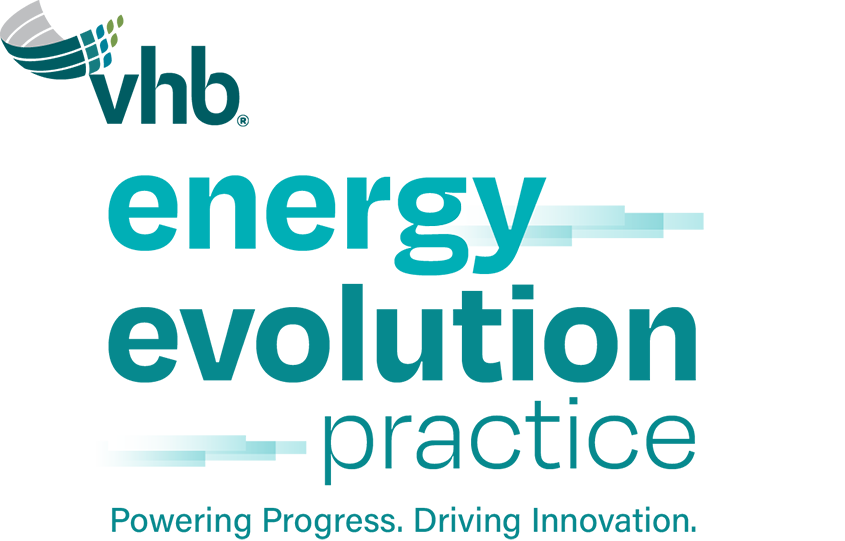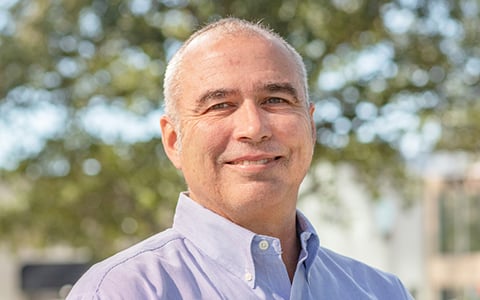
Florida has eight distinct ecosystems, from Central Florida wetlands and the largest contiguous coastline in the U.S., to Northern Florida uplands and 25,000 square miles of forests. VHB Gulf Coast Environmental Director Chris Dailey has spent more than 30 years leading environmental studies in the state that protect our diverse natural resources and promote resiliency in transportation infrastructure.
We sat down with Chris to talk about changes to Florida’s natural and built environment and explore how VHB is helping protect coastline infrastructure like causeways and bridges.
VHB: How did you get your start in environmental services?
Chris: I grew up in St. Petersburg, spearfishing and stone-crabbing with friends in the 1980s, before St. Pete was the tourist hot-spot that it is today. I received a Bachelor of Science in Biology from St. Leo University. Early in my career I had the opportunity to work for the U.S. Fish and Wildlife Service (USFWS) conducting a national wetlands inventory that took me to U.S. Department of Defense facilities across the U.S. and U.S. territories.
VHB: Tell us about significant projects you’ve worked on throughout your career that address sustainability and resiliency in Florida?
Chris: One of the largest resiliency projects I developed was for the Florida Department of Transportation (FDOT) D1 Sunshine Skyway Bridge across Tampa Bay, which connects Pinellas and Manatee Counties and allows shipping access to busy ports. I led National Environmental Policy Act (NEPA) analysis and environmental permitting for the design and reconstruction of the two rest area sites, located at the north and south ends of the bridge. The project also included implementation of erosion protection measures along two miles of the causeway approaches for the Skyway. We developed an innovative Wave Attenuator Device (WAD) system that will enhance storm resilience by reducing offshore wave energy. This WAD system will provide approximately seven acres of seagrass habitat in the Terra Ceia Aquatic Preserve.
VHB: You manage an environmental team that includes certified Professional Wetland Scientists. What role do wetlands play in Gulf Coast projects?
Chris: Wetlands play a critical role in the resilience of peninsular Florida ecosystems, particularly by providing storage for a tremendous amount of water. Our rainy season starts mid-June and runs to late fall. Without the storage of these wetland systems, the dry season would be very dry the next spring, so we develop solutions during project design to keep as much wetland habitat as possible, which also streamlines the permitting process.
VHB: What environmental issues are transportation & energy clients facing in Florida? ?
Chris: Coastal resiliency is very important. VHB is working on innovative solutions to address infrastructure hardening for coastal communities to adapt for our changing environment. These solutions will harden shorelines, causeways and bridges, allowing communities to withstand the next big storm. Florida has a tremendous amount of vulnerable infrastructure; we witnessed that when Hurricane Ian hit Lee County in 2022.
Sections of Sanibel Causeway and Pine Island Road in Matlacha were destroyed by Hurricane Ian and FDOT jumped into action with repairs to reconnect the communities immediately affected. Now VHB is helping with additional, permanent solutions that involve a significant amount of structural resilience so Pine Island Road can withstand the next hurricane. Every project that involves critical infrastructure should look to build-in resiliency to a project, and it doesn’t have to be a huge cost.
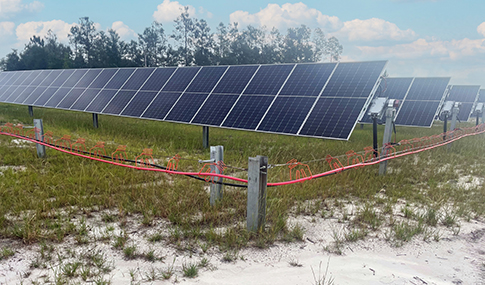
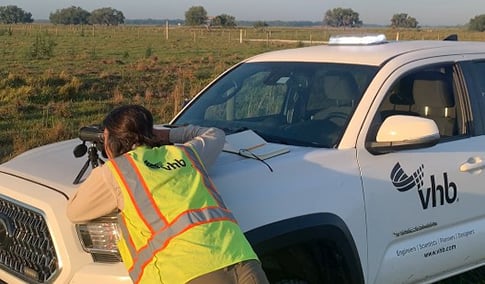
VHB: With Florida's unique environmental challenges, how is VHB contributing to resiliency strategies to protect the state's vital environmental assets?
Chris: One resiliency solution that we see in the Southeast is reducing our overall dependence on oil by developing projects to convert former agricultural land to solar farms. Our Energy Evolution practice provides site assessments and regulatory guidance for establishing solar farms. Although citrus is part of Florida’s history, losses caused by citrus greening and hurricane damage are causing farmer to evaluate converting groves to renewable energy generation.
VHB: How are VHB Gulf Coast environmental teams using technology and data-enabled apps to inform environmental impacts in Florida?
Chris: Our most important technology is the supercomputer in our pocket. VHB leverages data and technology across all services and developed a firmwide mobile field data collection platform with tools for project delivery on our smart phones—from stream field notetaking to bat acoustic monitoring and wetland surveys. This allows multiple teams of biologists to collect project data at the same time, both in the office and in the field, without duplication of effort. That’s a tremendous timesaver for our clients. The VHB field apps also allow me to collaborate and track teams to make certain we are in the correct locations and moving in the right direction. Many solar farm sites are thousand acres sites and have limited cell coverage, so it’s a real benefit.
VHB: How does our environmental team collaborate to enhance Florida PD&E projects?
Chris: VHB’s Project Development & Environmental Services (PD&E) team considers environmental, social, and economic factors for transportation improvements and takes a context-sensitive approach. We are working with FDOT District 3 on two significant trails and closing gaps in noncontiguous portions at SR 30 (US 98). The trails are in Florida communities where not only recreational use is abundant, but residents utilize the trails to commute via active transportation like biking, walking, and skateboarding.
VHB: That’s important in a state where people are outdoors year-round. What other projects are you currently working in the Gulf Coast?
Chris: We are helping the City of Tampa, Hillsborough County, Pinellas County, and Hernando County with Post Disaster Redevelopment Planning to help them enhance regional catastrophic preparedness as part of a Federal Emergency Management Agency (FEMA) Grant Program they were awarded. This involves working closely with many different stakeholders to help the stakeholders develop a plan that’s inclusive, with strategies enhancing the economic, social, and environmental sustainability of the region so they can make decisions that affect long-term recovery and redevelopment.
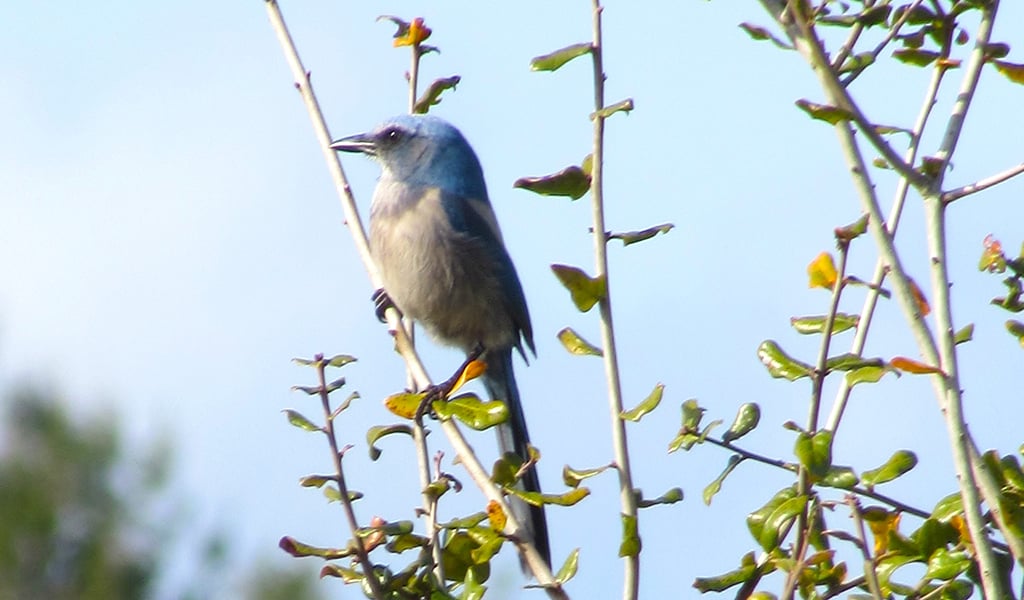
VHB: You have an enviable opportunity to spend time in some of Florida’s most beautiful natural areas. What’s been one of your best days in the field?
Chris: I enjoy days when I think I’m confident that I have a good handle on what listed species I will encounter on a site but end up surprised. I was recently conducting a survey in some really overgrown habitat in Sarasota County where I was not anticipating seeing a Florida scrub-jay—Florida’s only endemic bird species. I heard their distinctive call and replied with my scrub-jay call, and they came right to my call. Florida’s wildlife is certainly resilient and will surprise you, when you least expect it.
Learn more about VHB Tampa Bay.

